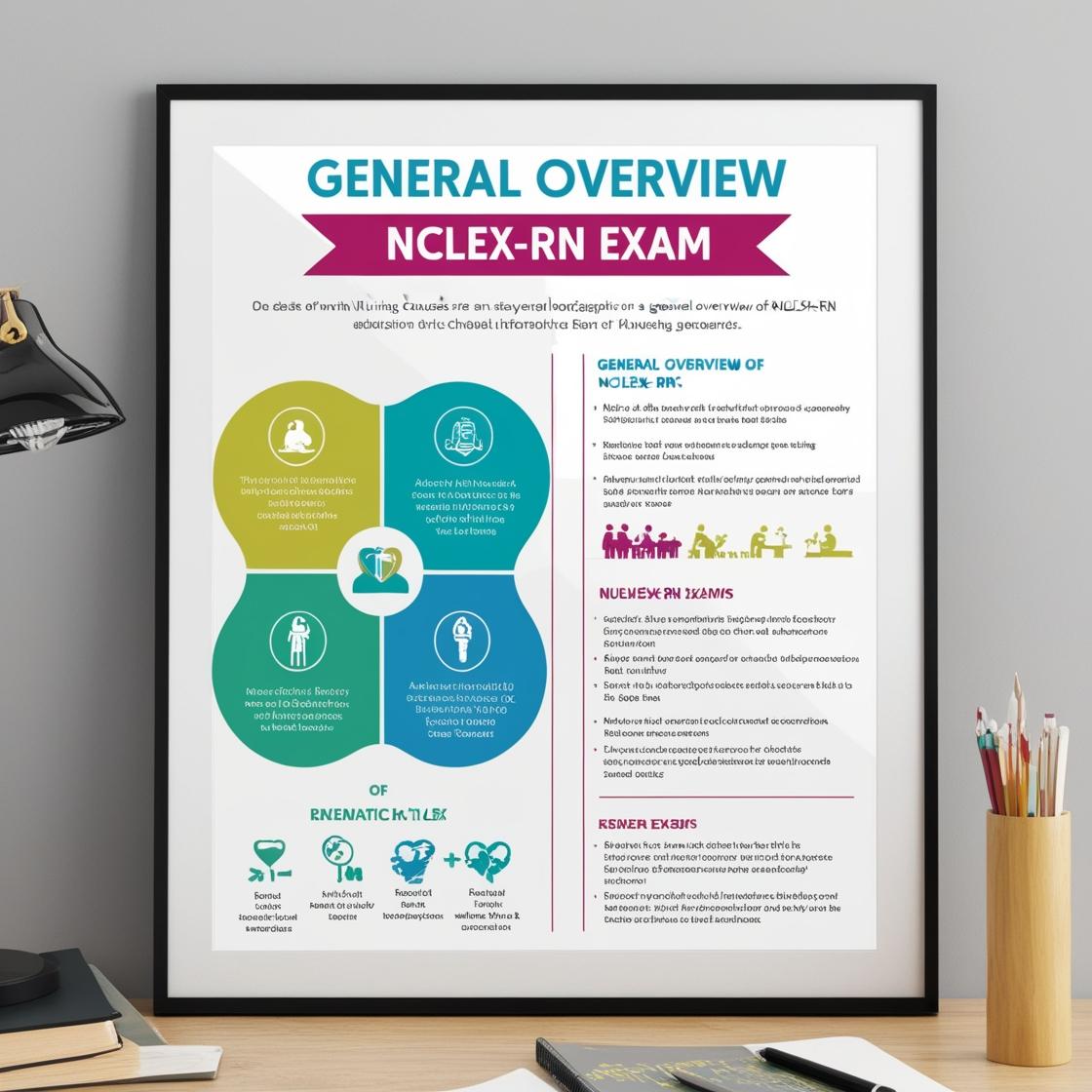NCLEX-RN
Health Promotion and Maintenance NCLEX RN Questions
1. A nurse is assessing a client's pulse oximetry on the surgical unit. As part of routine interventions, the nurse turns off the exam light over the client's bed. Which of the following best describes the rationale for this intervention?
- A. External light sources may cause falsely high oximetry values
- B. A bright light in the client's face may cause a low pulse oximetry
- C. External light sources may cause falsely low oximetry values
- D. The client needs a dark and quiet room to recover and maintain proper oxygenation
Correct answer: A
Rationale: When assessing a client's pulse oximetry values, the nurse should turn off any extra environmental lights that are unnecessary, including exam lights or over-bed lights. External light sources may cause falsely high oximetry values when the extra light interferes with the sensor of the oximeter, leading to inaccurate readings. Choice B is incorrect because a bright light in the client's face would not directly affect the pulse oximetry values. Choice C is incorrect as external light sources typically cause falsely high, not low, oximetry values. Choice D is incorrect as the primary reason for turning off the light is to prevent falsely high readings, not solely for the client's comfort.
2. Mr. G has been admitted to the hospital with a head injury after a 12-foot fall. Which of the following nursing interventions is most appropriate when monitoring intracranial pressure?
- A. Administer hypotonic solutions
- B. Keep the head of the bed elevated
- C. Increase the client's core body temperature to 99.9 degrees
- D. Administer corticosteroids as ordered
Correct answer: D
Rationale: Administering corticosteroids as ordered is appropriate when monitoring intracranial pressure in clients at risk of increased pressure to reduce brain tissue swelling. Elevating the head of the bed helps in managing intracranial pressure by promoting venous drainage. Administering hypertonic solutions is used to reduce brain edema and control intracranial pressure. Increasing the client's core body temperature is not recommended as it can exacerbate brain injury. Corticosteroids are not routinely used for all head injuries but may be indicated in specific cases, such as certain types of brain injuries where swelling needs to be controlled.
3. A client returns from surgery after having a colon resection. The nurse is performing an assessment and notes the wound edges have separated. This condition is called:
- A. Evisceration
- B. Hematoma
- C. Dehiscence
- D. Granulation
Correct answer: C
Rationale: Wound dehiscence occurs when the edges of a wound pull apart. The condition may occur following a surgical procedure if the sutures were deficient. Wound dehiscence may also occur following a wound infection or in cases where a client significantly stretches or overuses the associated tissues. Evisceration refers to the protrusion of internal organs through an open wound. Hematoma is a localized collection of blood outside the blood vessels. Granulation is the formation of new connective tissue and tiny blood vessels on the surface of a wound during the healing process.
4. A client is being monitored for decreased tissue perfusion and increased risk of skin breakdown. Which measure best improves tissue perfusion in this client?
- A. Massaging the reddened areas
- B. Performing range of motion exercises
- C. Administering antithrombotics as ordered
- D. Feeding the client a high-carbohydrate diet
Correct answer: B
Rationale: For a client at risk of impaired skin integrity due to decreased tissue perfusion, improving mobility is crucial to enhance tissue perfusion and prevent skin breakdown. Range of motion exercises are beneficial to increase circulation and prevent complications. Massaging reddened areas may further damage fragile skin. Administering antithrombotics may be necessary for specific conditions but does not directly address tissue perfusion. Feeding a high-carbohydrate diet does not directly improve tissue perfusion in this context.
5. Which of the following conditions may warrant a serum creatinine level?
- A. Rhabdomyolysis
- B. Digitalis toxicity
- C. Glomerulonephritis
- D. All answers are correct
Correct answer: D
Rationale: A serum creatinine level may be warranted in conditions that can affect renal function or cause muscle breakdown. Rhabdomyolysis, characterized by muscle injury and breakdown, can lead to elevated creatinine levels due to the release of creatinine from muscles. Digitalis toxicity can impair renal function, leading to a need for monitoring creatinine levels. Glomerulonephritis, an inflammatory condition affecting the kidney's filtering units, can also impact renal function and require assessment of creatinine levels. Therefore, all the provided conditions may warrant a serum creatinine level to assess renal function and muscle breakdown.
Similar Questions

Access More Features
NCLEX RN Basic
$69.99/ 30 days
- 5,000 Questions with answers
- Comprehensive NCLEX coverage
- 30 days access @ $69.99
NCLEX RN Premium
$149.99/ 90 days
- 5,000 Questions with answers
- Comprehensive NCLEX coverage
- 30 days access @ $149.99
